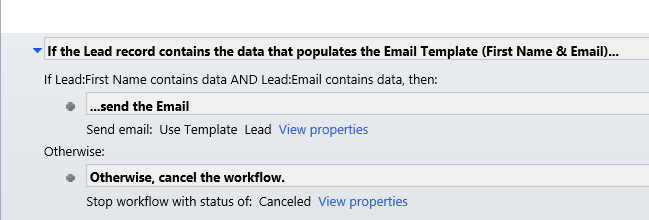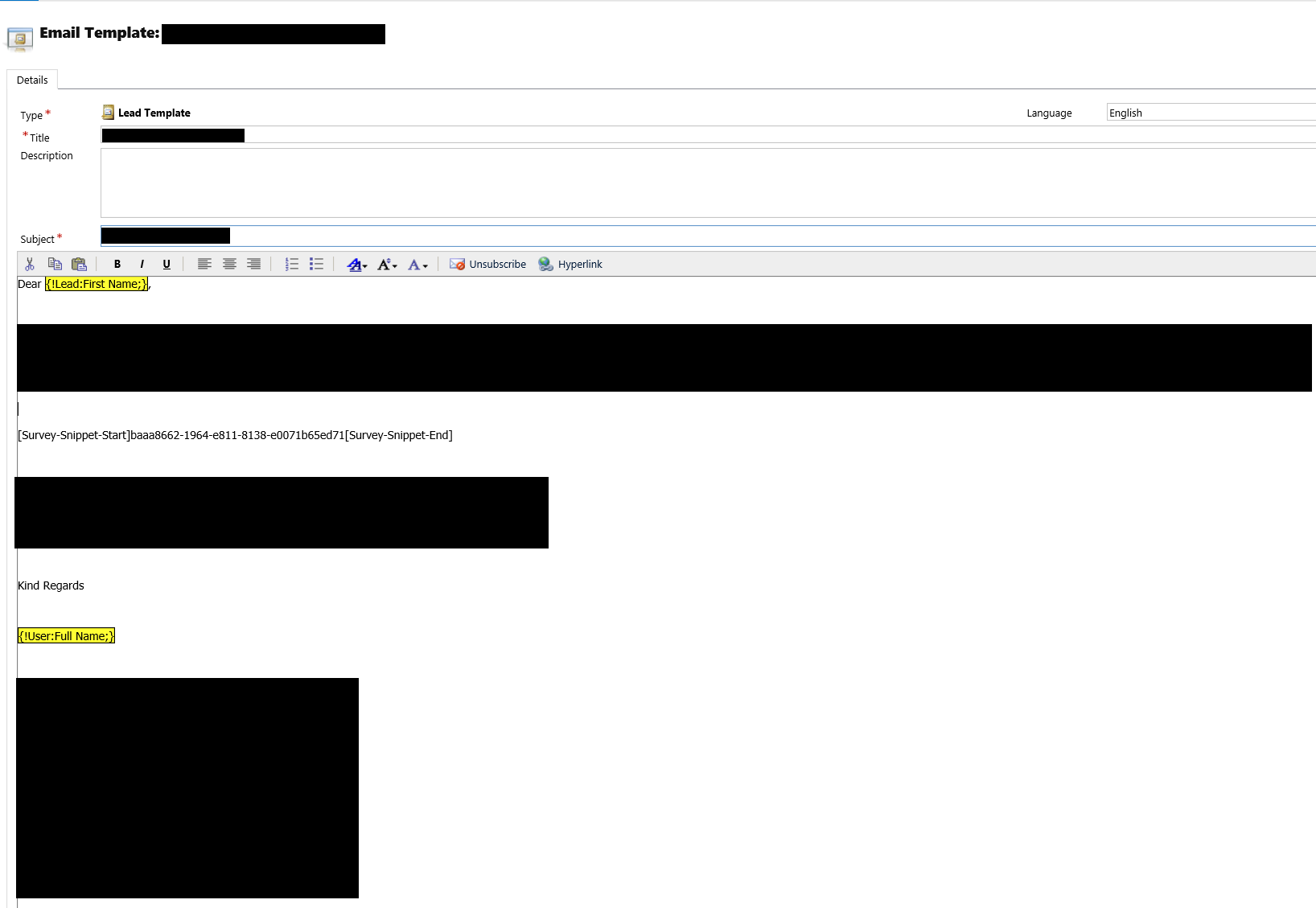The Voice of the Customer (VoC) solution, available as part of Dynamics 365 Customer Engagement (D365CE), works most effectively when you are tightly integrating your survey’s around other features or datasets stored within the application. That’s not to say that it must only ever be utilised in tandem as opposed to isolation. If you have the requirement to quickly send out a survey to a small list of individuals (regardless of whether they are D365CE Contact records), VoC presents a natural choice if you are already paying for D365CE Online, as it is included as part of your subscription cost. As services such as SurveyMonkey tend to charge money to let you develop more complex, bespoke branded surveys, VoC, by comparison, offers all of this to you at no additional cost. Just don’t be buying licenses to use only this specific piece of functionality. 🙂 Ultimately, the upside of all this is that VoC represents a solid solution in and of itself, but working with the solution in this manner is just the icing on top of the cake. When you start to take into account the myriad of different integration touchpoints that VoC can instantly support, thanks to its resident status within D365CE, this is where things start to get really exciting. With this in mind, you can look to implement solutions that:
- Send out surveys automatically via e-mail.
- Route survey responses to specific users, based on answers to certain questions or the Net Promoter Score (NPS) of the response.
- Tailor a specific email to a customer that is sent out after a survey is completed.
- Include survey data as part of an Azure Data Export Profile and leverage the full power of T-SQL querying to get the most out of your survey data.
It is in the first of these scenarios - sending out surveys via a WorkFlow - that you may find yourself encountering the error referenced in the title of this post. The error can occur when you look to take advantage of the survey snippet feature as part of an Email Template - in laymen’s terms, the ability to send out a survey automatically and tag the response back to the record that it is triggered from. To implement this, you would look towards creating a WorkFlow that looks similar to the below:
With then either the desired email message typed out or a template specified that contains the survey snippet code, available from a published survey’s form:
All of this should work fine and dandy up until the user in question attempts to trigger the workflow; at which point, we see the appropriate error message returned when viewing the workflow execution in the System Jobs area of the application:
Those who are familiar with errors like these in D365CE will instantly realise that this is a security role permission issue. In the above example, the user in question had not been granted the Survey User role, which is included as part of the solution and gives you the basic “set menu” of permissions required to work with VoC. A short while following on from rectifying this, we tried executing the workflow again and the error still occurred, much to our frustration. Our next step was to start combing through the list of custom entity privileges on the Security Role tab to see if there was a permission called Azure Deployment or similar. Much to our delight, we came across the following permission which looked like a good candidate for further scrutiny:
When viewing this security role within the Survey User role, the Read permission for this organization-owned custom entity was not set. By rectifying this and attempting to run the workflow again, we saw that it executed successfully 🙂
It seems a little odd that the standard user security role for the VoC module is missing this privilege for an arguably key piece of functionality. In our situation, we simply updated the Survey User security role to include this permission and cascaded this change accordingly across the various dev/test/prod environments for this deployment. You may also choose to add this privilege to a custom security role instead, thereby ensuring that it is properly transported during any solution updates. Regardless, with this issue resolved, a really nice piece of VoC functionality can be utilised to streamline the process of distributing surveys out to D365CE customer records.




